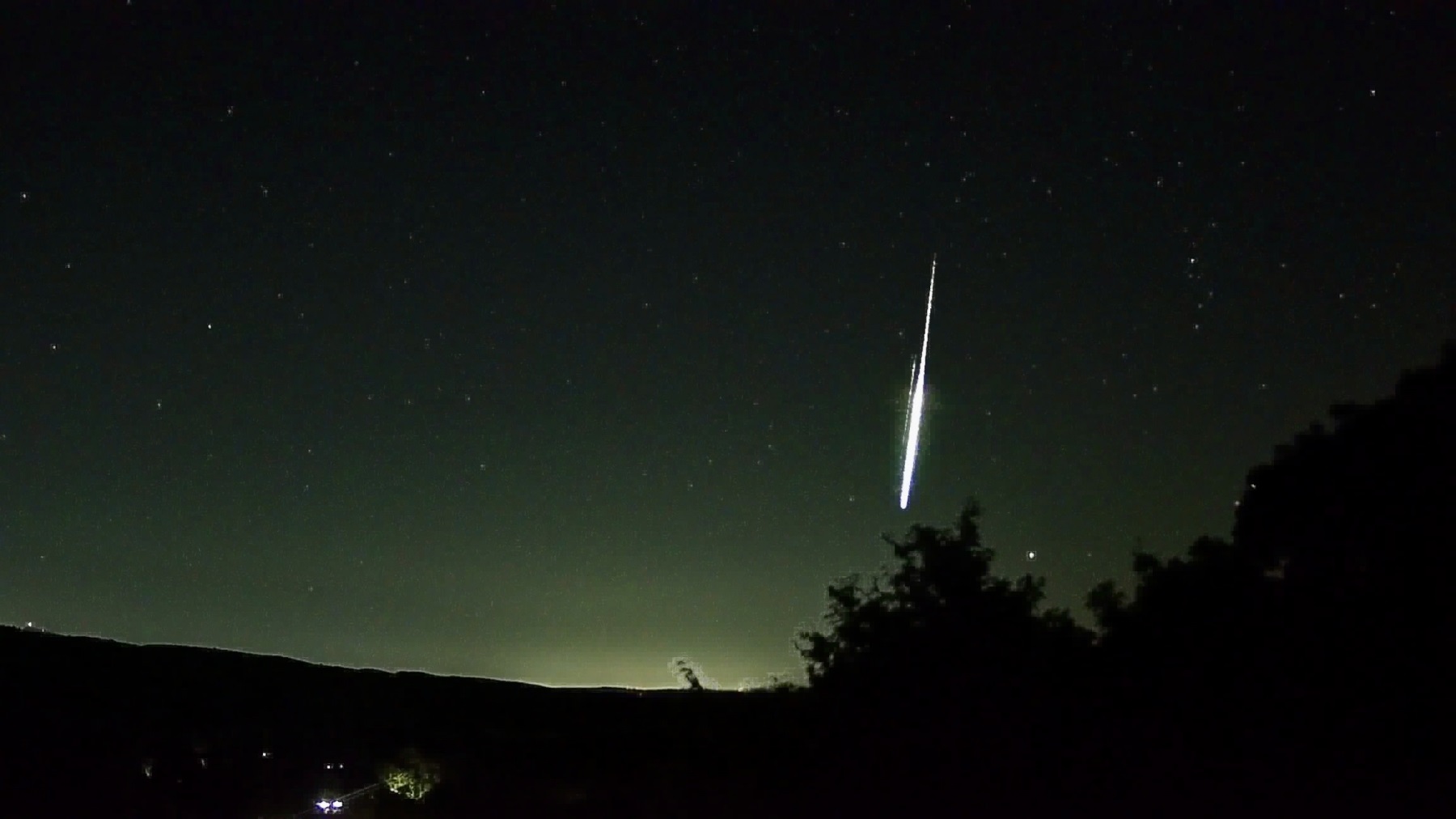
Meteor Activity Outlook for September 13-19, 2025
Mark Kirschner captured this brilliant fireball using his AllSky Camera System on July 19, 2025, at 01:20 EDT (05:20 UT )…

Mark Kirschner captured this brilliant fireball using his AllSky Camera System on July 19, 2025, at 01:20 EDT (05:20 UT )…

Cullen Brown captured this fireball through clouds on July 31, 2025, at 04:39 CDT (09:39 UT) from Canyon Lake, Texas,…

Martin Collins captured this fantastic fireball on July 3, 2025, at 00:50 BST (23:50 UT on July 2) from Onich,…

Cédric Humbert captured this bursting fireball on June 20, 2025, at 01:57 CEST (23:57 UT on June 19) from Saxon-Sion,…

Kevin Freitas captured this multi-bursting fireball during morning twilight on May 25, 2025, at 04:54 PDT (11:54 UT) from Mineral, Washington,…
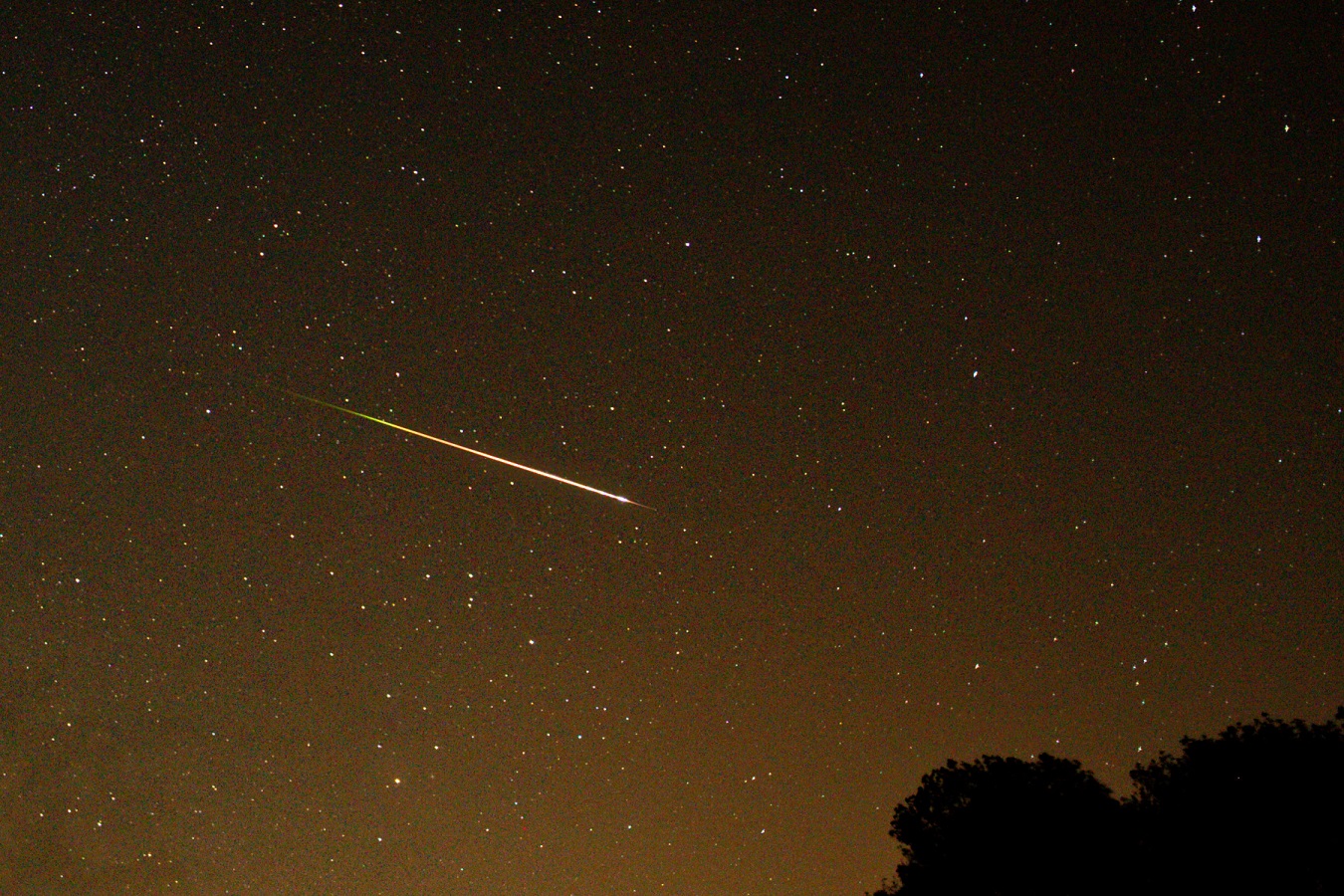
Nicolas Rossetto captured this colorful fireball on May 1, 2025, at 02:46 CEST (0:46 UT) from Jouhe, France. ©Nicolas Rossetto…
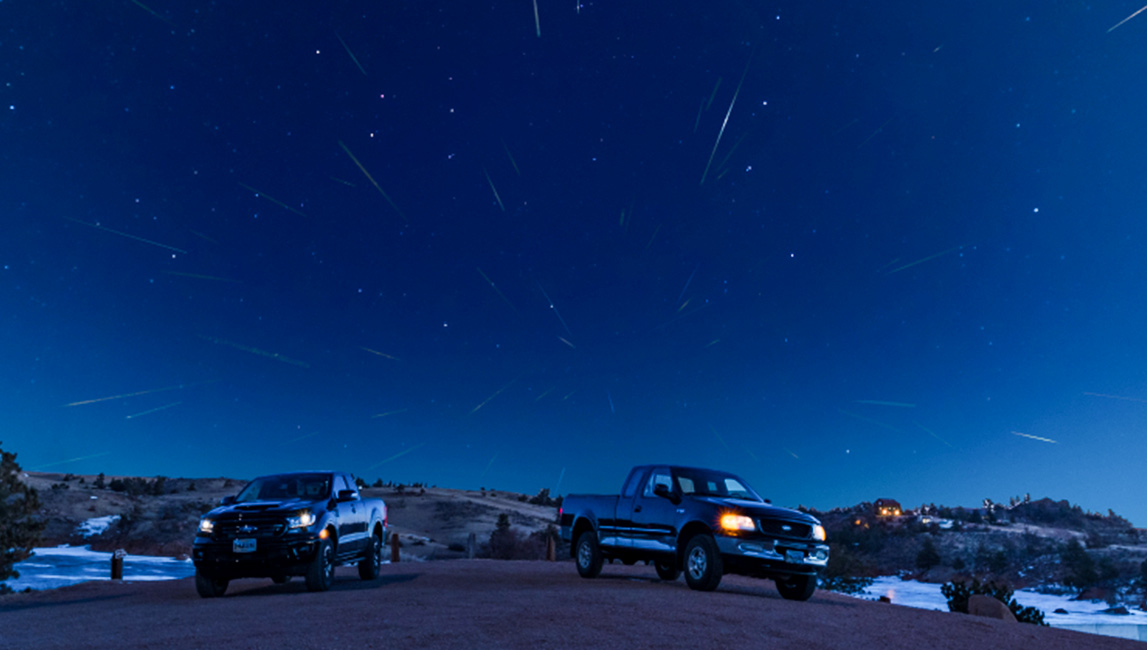
Heather Wendelboe processed this composite photograph of Quadrantid meteors from exposures taken on the morning of 3 January 2021, from…

Dan Bush captured this brilliant fireball low in the northern sky on February 9, 2024, at 19:46 CST (01:46 UT…
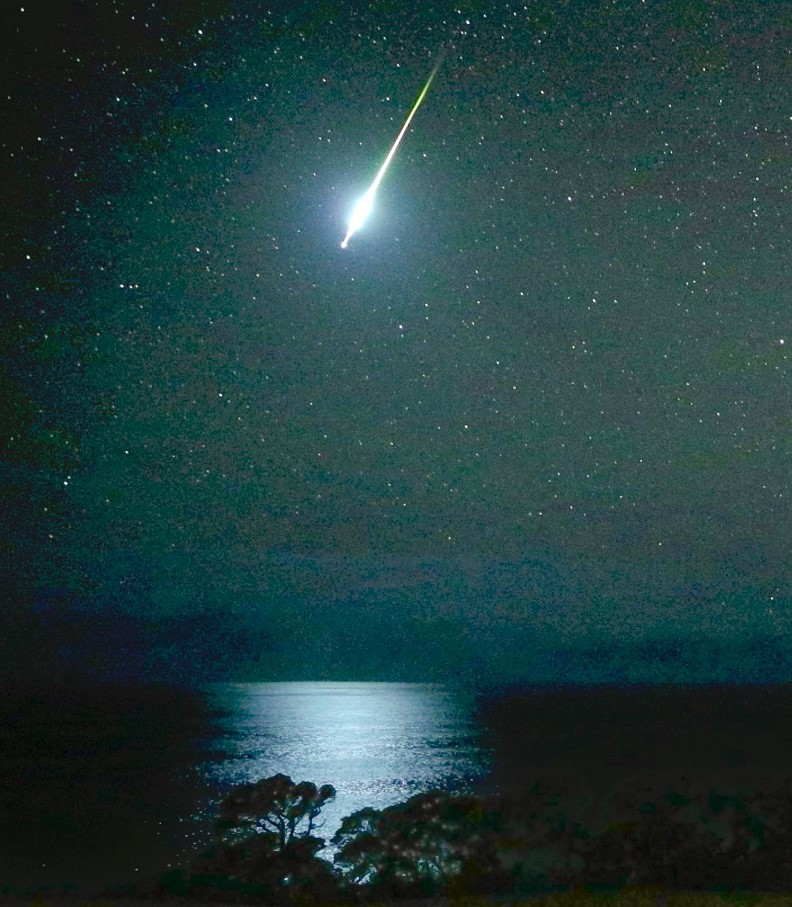
Grant Birley captured this brilliant fireball with a terminal burst on February 8, 2024, at 02:30 NZDT (13:30 UT on…
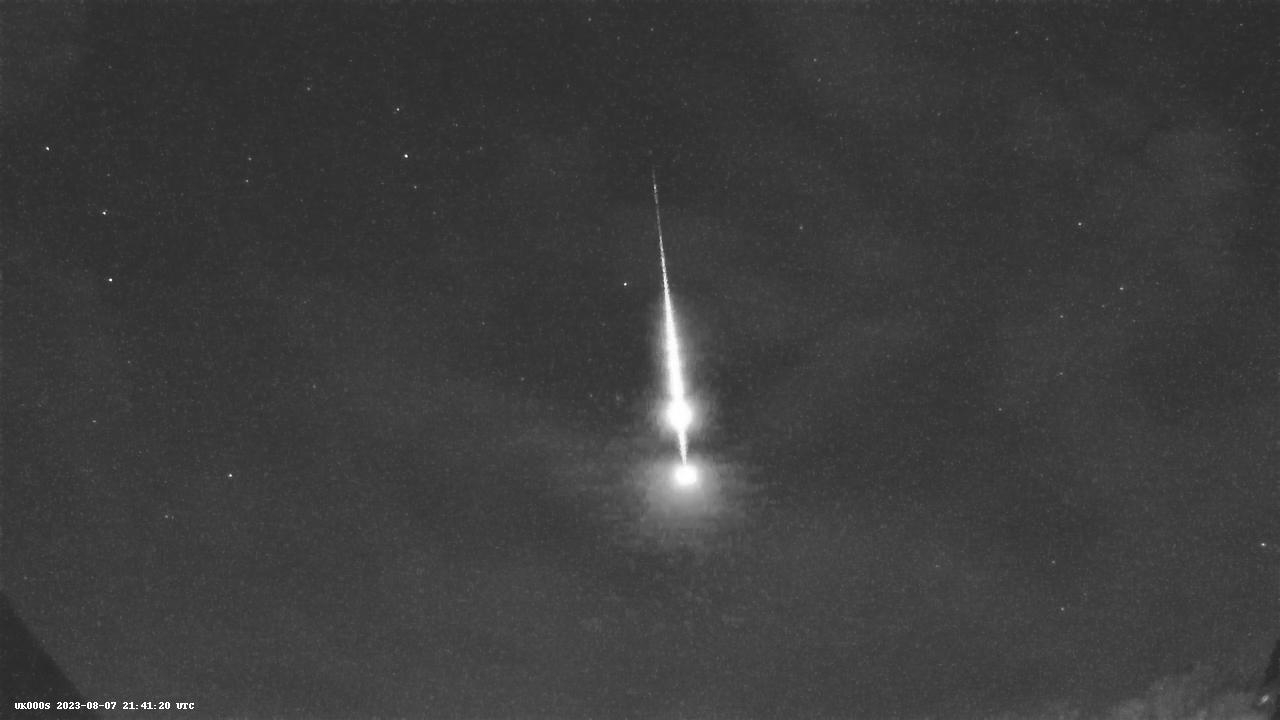
Richard Bassom captured this multi-bursting fireball passing close to Polaris on August 7, 2023, at 22:51 BST (22:51 UT) from…

The illustration above displays the orbits of actual Quadrantid meteors captured on multiple video cameras. The angle of the view…

This brilliant fireball was captured by an AllSky Camera System at 3:10am EST (8:11 UT) on November 27, 2022 from…

Dave Giordano captured this colorful fireball at 3:10am EST (8:11 UT) on November 22, 2022 from Carlisle, Massachusetts USA. For…

Following his capture of a bright Taurid on November 5, Eliot Herman captured another exceedingly bright Taurid fireball on November…

The Quadrantids can be one of the strongest displays of the year, yet they are difficult to observe. The main factor is that the display of strong activity only has a duration of about 6 hours. The reason the peak is so short is due to the shower’s thin stream of particles and the fact that the Earth crosses the stream at a perpendicular angle.

During this period, the moon reaches its full phase on Friday August 12th. At that time the moon is located opposite the sun and will lie above the horizon all night long. This weekend the waxing gibbous moon will set during the early morning hours allowing a couple of hours to view meteor activity prior to dawn.
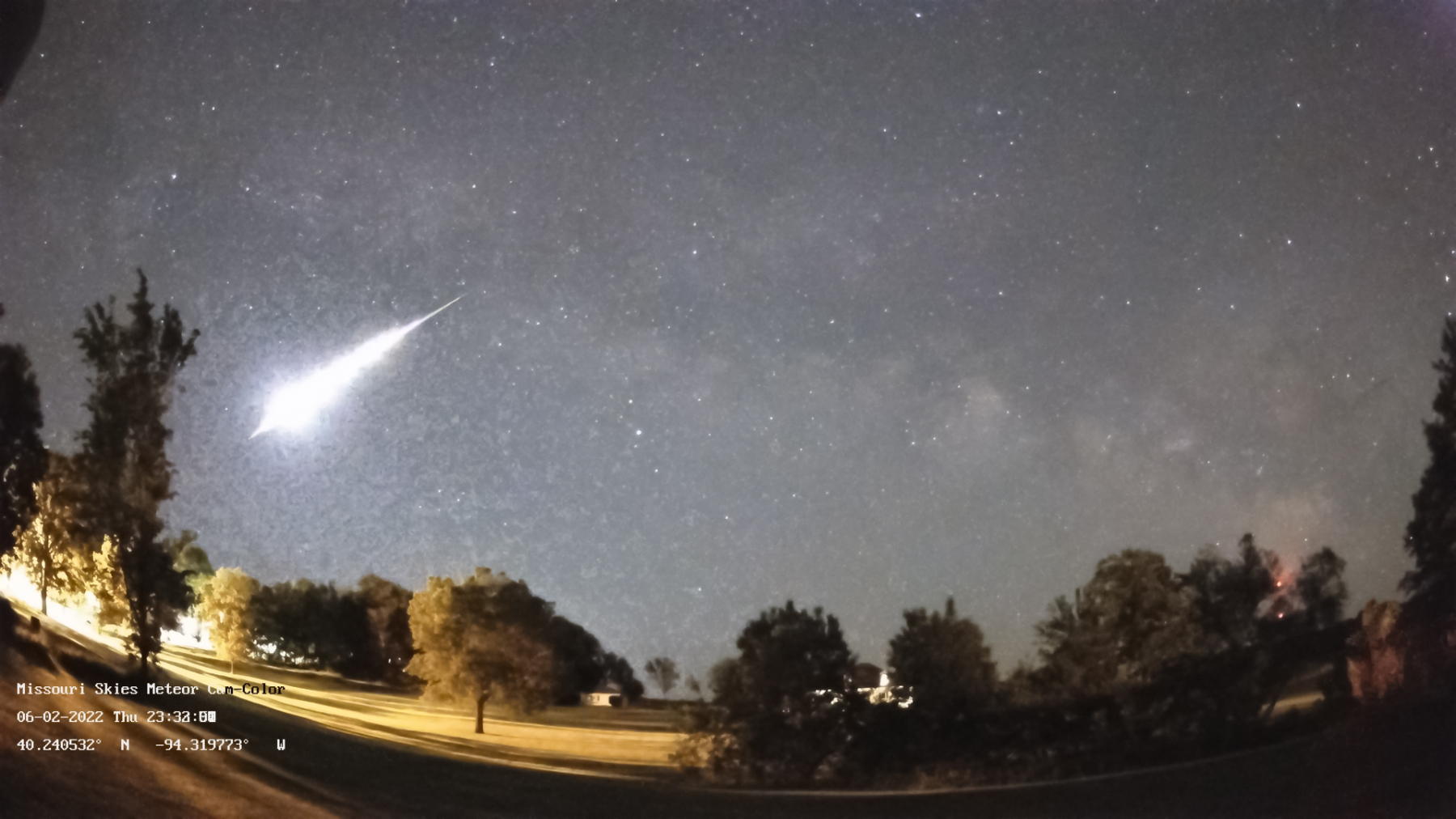
During this period, the moon reaches its first quarter phase on Friday August 5th. At that time the moon is located 90 degrees east of the sun and sets 23:30 (on August 4th) Local Daylight Saving Time (LDST). This weekend the waxing crescent moon will set during the early evening hours and will be long gone below the horizon, by the time the more active morning hours arrive.

Joey Ambrose captured this impressive mulit-colored fireball at 23:31 MST on May 30, 2022 from Vail, Arizona. This was during…
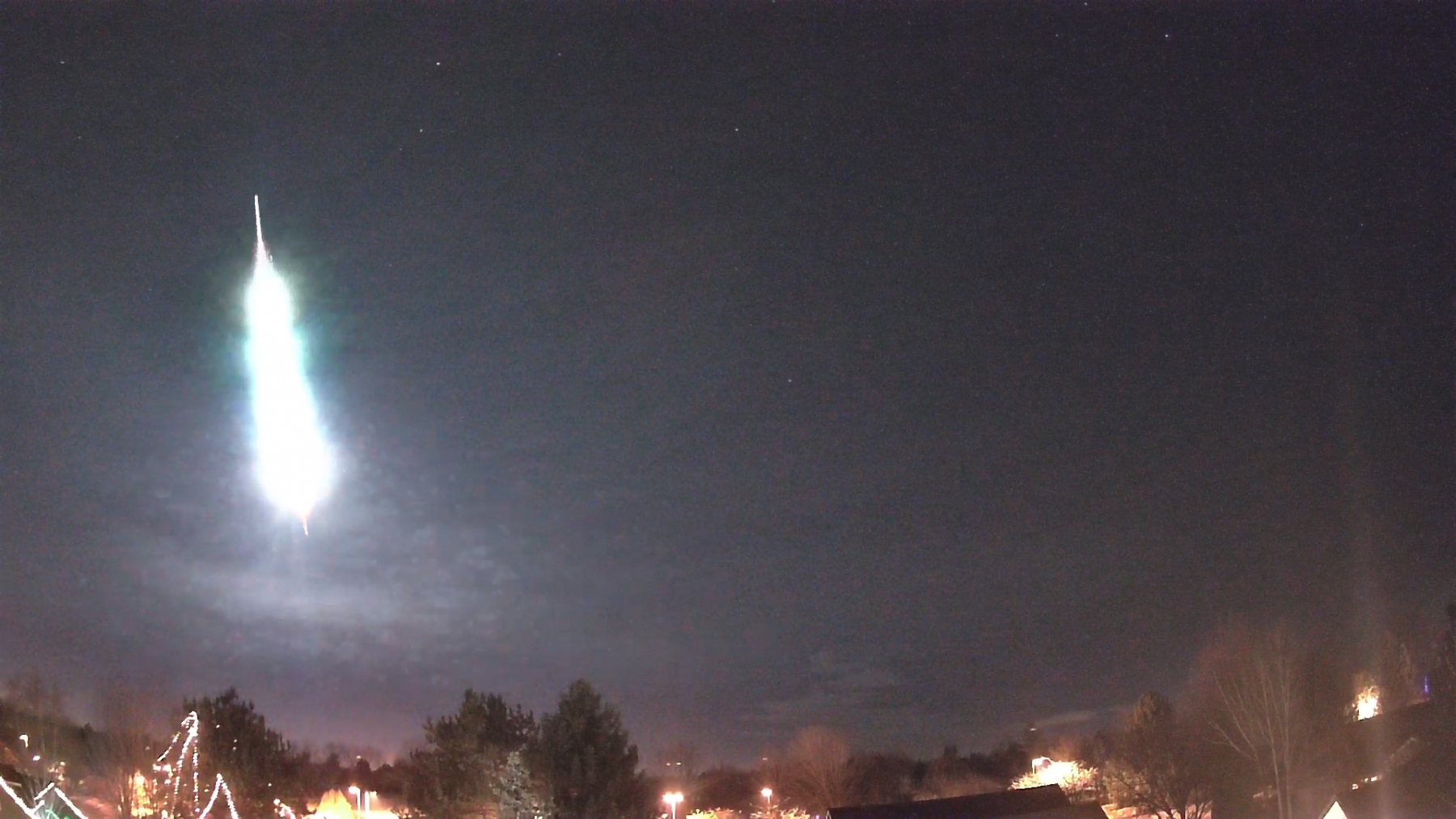
During this period, the moon reaches its first quarter phase on Tuesday February 8th. At that time the moon lies near 90 degrees east of the sun and sets near 01:00 local standard time. This weekend the waxing crescent moon will set during the early evening hours and will not interfere with meteor observing during the more active morning hours.

During this period, the moon reaches its new phase on Monday January 31st. At that time the moon lies near the sun and is invisible at night. This weekend the thin crescent moon will rise just before dawn, therefore it will not interfere with meteor observing at this time. The moon will re-enter the evening sky later this week but will set soon after dusk. Again, it will not interfere with meteor observing.

The Quadrantids can be one of the strongest displays of the year, yet they are difficult to observe.